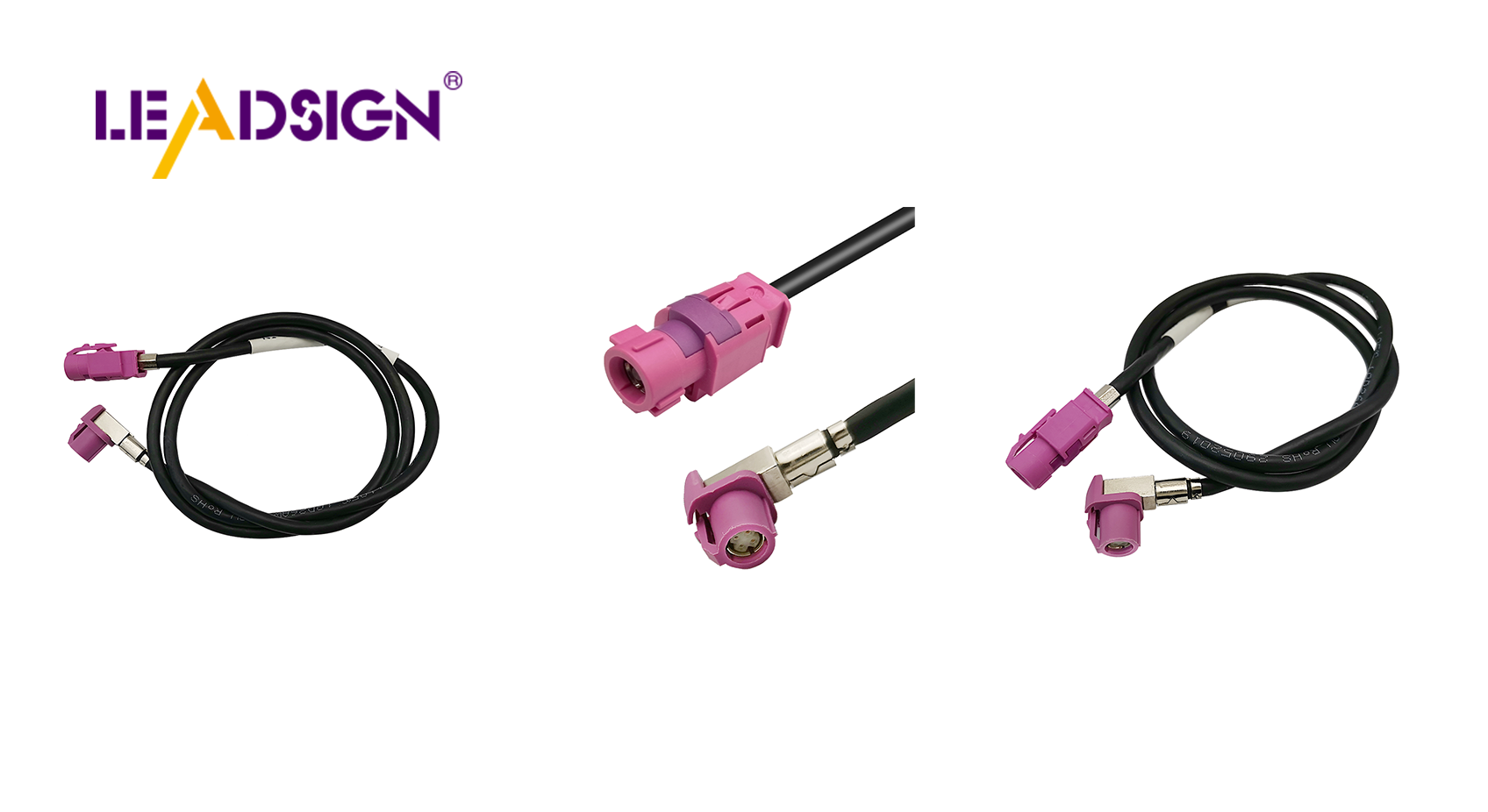How to Fix Connectivity Problems with Automotive Wire Connectors

In the world of automotive technology, reliable connections are crucial for optimal vehicle performance. Automotive electrical connectors and automotive wire connectors play a vital role in ensuring this reliability. Faulty connectors can lead to a host of issues, such as flickering lights, malfunctioning systems, and unexpected breakdowns. Identifying these warning signs early can prevent further damage. Understanding the importance of these connectors is key to maintaining the smooth operation of your vehicle.
Finding Problems with Car Wire Connectors
First Steps for Checking Car Electrical Connectors
Look at Connectors Closely
Begin by looking at each connector. Search for damage or rust. See if any pins are broken or wires bent. Make sure connectors fit tightly. Loose ones can cause trouble. Check nearby for water or dirt. Clean away any mess carefully.
Use a Multimeter to Test
Test each connector with a multimeter. Set it to check resistance. Touch the probes to the connector ends. Low resistance means a good connection. High resistance shows an issue. Test all connectors this way. Write down results for later.
Testing on Different Parts
Swap Connectors to Find Problems
Switch similar connectors between parts. Watch for changes in how things work. If the problem moves, it's a bad part. If not, look at the system itself. This helps find where the trouble is.
Look for On-and-Off Failures
On-and-off failures are tricky to spot. Move wires gently while watching the system work. Look for flickering lights or quick changes. These mean a loose connection might be there. Tighten or change the bad connectors. Steady performance means it's fixed.
Easy Fixes for Car Wire Connectors
Cleaning and Care
Getting Rid of Rust
Rust can mess up car connectors. First, unplug the battery to stay safe. Use a brush or sandpaper to gently scrub off rust from connectors. Make sure all rust and dirt are gone. This helps the metal carry electricity well again.
Using Special Grease
After cleaning, put Connector Grease on connectors. This grease keeps water away and stops leaks. It makes a shield against wetness and rust. The grease also lessens wear between parts that touch. Add a little bit to each connector before putting them back together. This step keeps the coating on wire connectors good for a long time.
Changing Bad Connectors
Finding Right Parts to Replace
Finding the right parts is important. Look at your car's guide or ask an expert for help with specs. Find connectors that fit your car's size and type needs. Picking the right ones stops future connection troubles.
Installing Correctly
Good installation means strong connections. Start by lining up new connectors with wires. Push wires into connectors gently. Use a tool to crimp them tight together. Make sure it's firm and steady so it won't fail later on and off again. Check twice to ensure everything fits well.
Advanced Solutions for Car Wire Connectors
Moving and Securing Wires
Avoiding Pinch Spots
Car wire connectors need careful placement. Look for pinch spots. Pinch spots can harm wires. Move wires from sharp edges. Make sure wires have slack. Slack stops breaks. Check tight spaces where wires go through. Use grommets to protect them there.
Using Cable Ties for Strength
Cable ties keep car wires stable. Secure wires with ties. Keep them neat and tidy. Don't tighten too much. Too tight can crush them. Space ties evenly along the wire length. This cuts down on shaking and wear. Pick UV-resistant ties for outside use.
Using Protective Steps
Heat Shrink Tubing
Heat shrink tubing gives great protection. Slide it over before connecting wires. Heat makes it shrink tight around them. It insulates and supports well. Pick the right size and thickness you need.
Protective Sleeving
Protective sleeving keeps wires safe from harm. Put it over car wire connectors to guard against scrapes and heat damage. Choose based on how hot things get where used.
Tips to Keep Car Wire Connectors Working Well
Regular Checks
Planned Check-ups
Regular checks keep car connectors working well. Plan check-ups every few months. Look at each connector for wear or damage. Find loose parts or rust early. This stops big problems later.
Keeping Connectors Clean
Clean car connectors to work right. Use a soft brush to clear dirt away. Don't use water on them directly. Water can cause rusting. Spray something protective to keep out wetness. Clean connectors stay strong.
Software and System Updates
Updating Car Software
Car software updates help systems work better. Look for updates often. Makers fix bugs and add features with updates. Follow maker's steps to update your car's software. Updated software works well with car connectors.
Checking for Recalls or Bulletins
Recalls give important safety info about cars. Check for recalls about wire connectors online from the maker's site. Fix any recall issues quickly to keep your car safe and reliable.
Fixing car wire connector problems needs some important steps. Regular care stops issues. Clean connectors and use special grease to keep them good. This makes sure they work well. Grease also keeps water out, so connections stay strong. Check and update often to keep things working right. Do these things for your car to run well for a long time.
See Also
Transforming Automotive Connectivity: Benefits of HFM Connectors
Maximizing Auto Data Transfer: Cutting-Edge Connectors and Cables
Improving Data Transfer: Significance of High-Speed Auto Connectors

